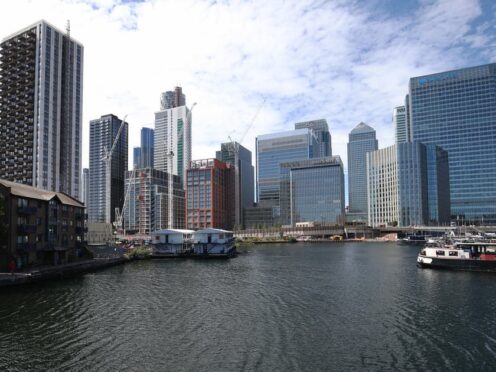The UK’s services sector continued to grow last month but growth slowed and undershot expectations, according to a new survey released on Thursday.
The closely followed S&P Global UK services PMI survey hit a score of 53.1 in March. That was lower than February’s 53.8, but remained above 50, which means the sector is growing.
It was also slightly worse than economists had expected – according to an average of forecasts it was expected to be 53.4.
S&P said there was a “solid increase in business activity” but it had lost some momentum since February as the growth in new work eased off a little. New work was still growing, but at the lowest rate in four months.
The PMI surveys also score the construction and manufacturing sectors each month, but the UK’s dependence on its service economy makes this survey one of the more important.
Businesses reported that “squeezed disposable household incomes and elevated interest rates” had continued to push down demand in March.
They also said that increasing wages and rising transport costs had pushed up their costs.
Meanwhile, the rate of jobs being created was the slowest so far this year.
Tim Moore, economics director at S&P Global Market Intelligence, said: “A stabilisation in housebuilding meant that UK construction output was virtually unchanged in February.
“This was the best performance for the construction sector since August 2023 and the forward-looking survey indicators provide encouragement that business conditions could improve in the coming months.
“Total new orders expanded for the first time since July 2023, which construction companies attributed to rising client confidence and signs of a turnaround in the residential building segment.
“Meanwhile, the degree of optimism regarding year ahead business activity prospects was the strongest since the start of 2022, in part due to looser financial conditions and expected interest rate cuts.
“However, a protracted downturn in activity has made construction companies cautious about their employment numbers.
“Staffing levels dropped for the third time in the past four months and the latest round of job shedding was the steepest since November 2020.”
